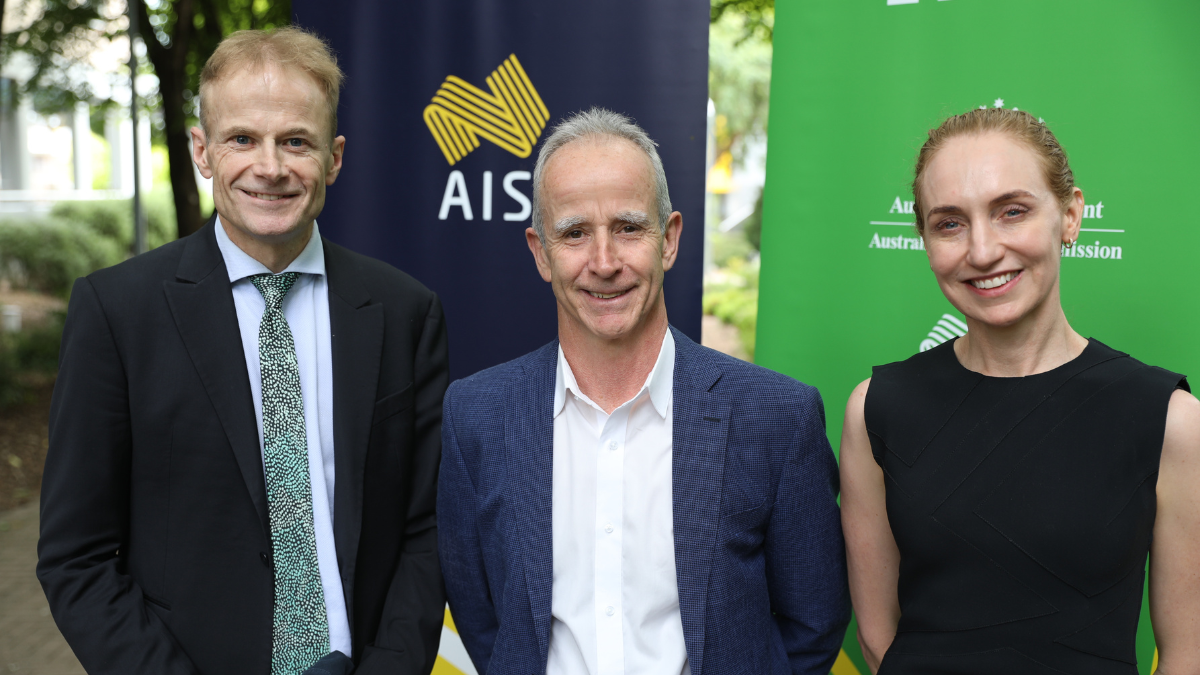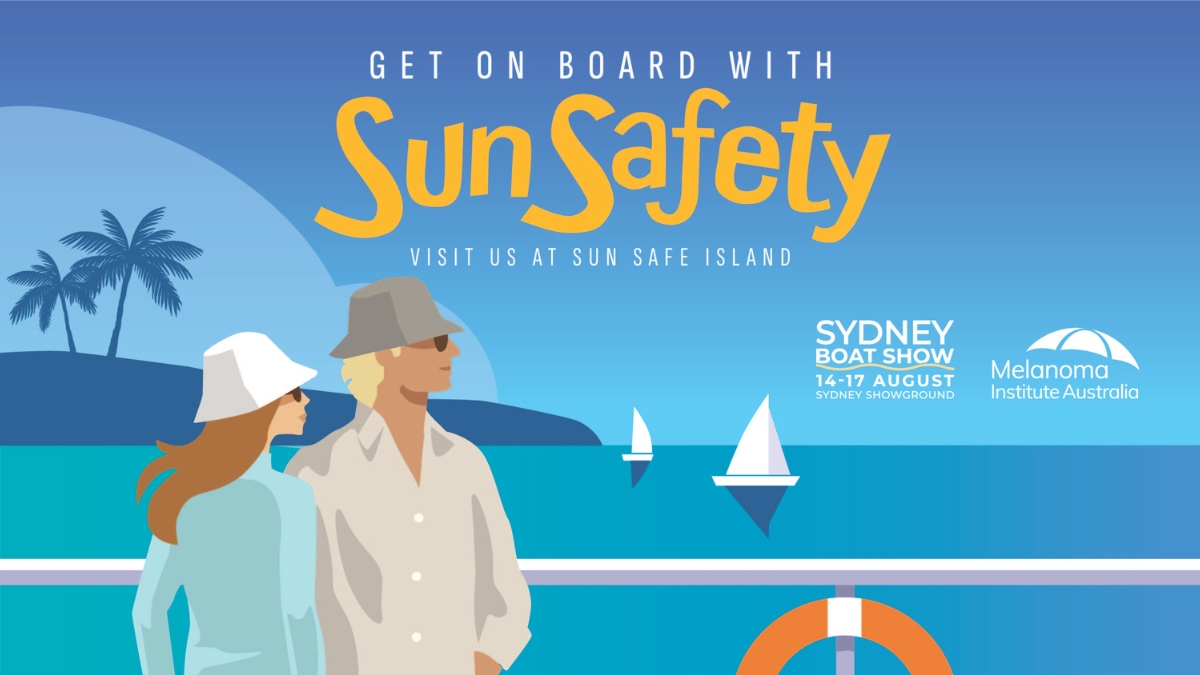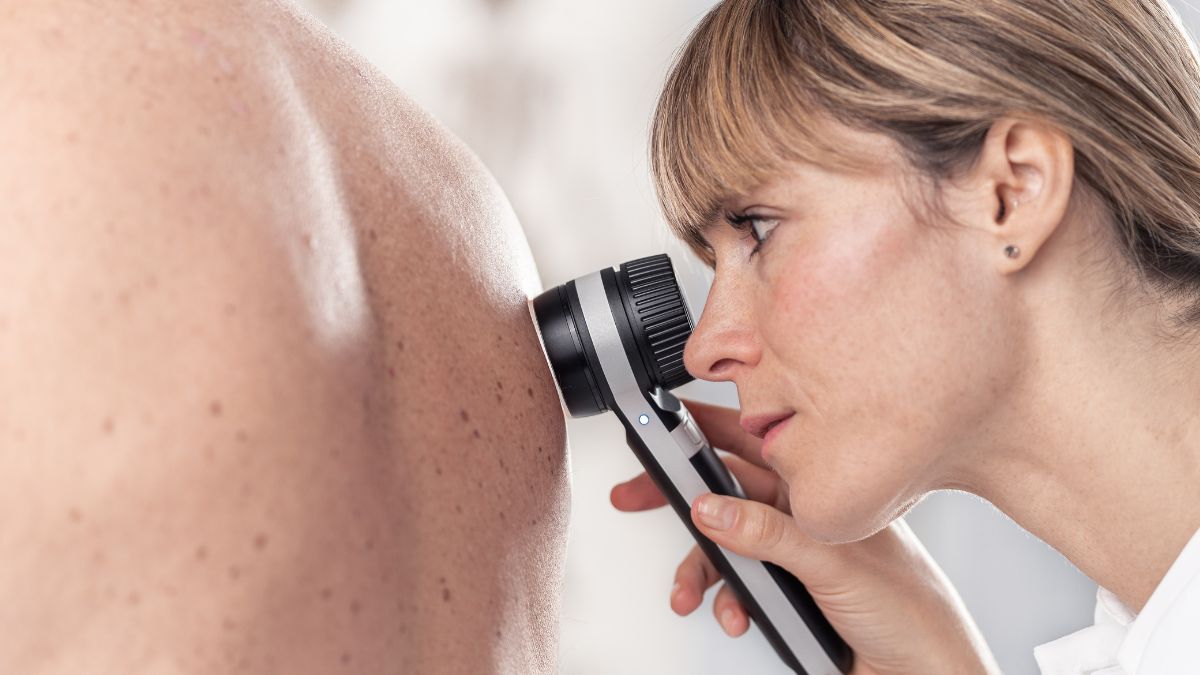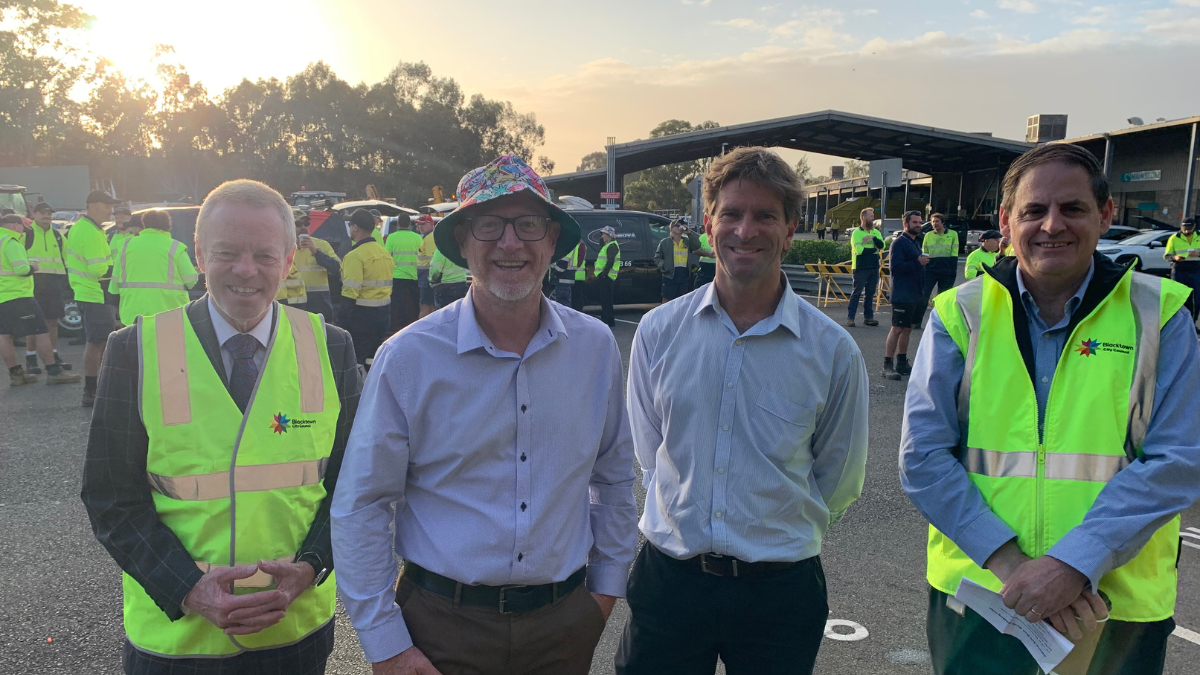The Australian Institute of Sport (AIS) has joined forces with Paddle Australia and the nation’s peak expert bodies on skin cancer and UV radiation – including Melanoma Institute Australia – to ensure everyone involved in sport, from volunteers to Olympians and Paralympians, is sun safe this summer.
Developed alongside Paddle Australia, Cancer Council, Melanoma Institute of Australia, and Australian Radiation Protection and Nuclear Safety Agency (ARPANSA), the AIS Sun Safe Sports Position Statement aims to reduce the risks of skin cancer in sport.
With the Australian Mens Canoe and Kayak team spending a week training in 30+ degree conditions and sunny weather at the AIS, co-author and three-time Paralympic gold Medallist Curtis McGrath OAM said the position statement is a vital guide for every Australian taking part in sport this summer.
“I think it’s incredibly important for athletes to be aware of the sun and UVA risks but sports also have a huge responsibility to make sure that everyone involved in sport, support staff, coaches, volunteers and family members, are also aware of the risks,” McGrath said. “Having an understanding of what the risks are allows them to policies and infrastructure and protection measures for those people that are coming along the journey of the athlete as well.”
McGrath and Paddle Australia teammate Olympian Jamie Roberts sparked the development of the Sun Safe Position Statement with AIS Chief Medical Officer Dr David Hughes AM, following teammate Bernadette Wallace being diagnosed with melanoma in 2020.
“I am so proud that we have exceptional leadership from our athletes to thank for what is a landmark document and an important resource for sports not just in Australia, but worldwide,” Dr Hughes said. “Australia has the highest rates of skin cancer in the world and athletes participating in outdoor sports may be at greater risk for skin cancer because of high cumulative sun exposure, inadequate use of sun protection, and low skin cancer health literacy. “It really comes down to following the ‘Slip, Slop, Slap, Seek, and Slide’ behaviours and ensuring our sports have the information they need to develop a positive sun protection culture.”
In February 2022 MIA released its State of the Nation in Melanoma report which estimated without critical action being taken, by 2030 a further 14,000 Australians will die from melanoma, 205,000 will be diagnosed with the disease, and the economic cost to the nation will be $8.7 billion. Australia has the highest rate of melanoma in the world with 16,000 Australian diagnosed each year. Melanoma is also the most common cancer in 20 to 39 year olds. The report highlighted the need for more investment in sun safety and early detection programs if we are to reduce the burden of melanoma on future generations and a coordinated and national approach to make an impact. Sporting organisations were challenged to become key drivers.
Prof Georgina Long and Prof Richard Scolyer also put sun safety in sport on the national agenda at the National Press Club last year, and we are confident today’s launch will serve as a catalyst for change and improve sun safety from elite sport through to grass roots.
“If we are to reach zero deaths from melanoma, the most deadly form of skin cancer, it is vital that sun safety is prioritised across all facets of Australian life. Prevention is always better than a cure, and we are proud to be partnering with the country’s sporting leaders on this life saving initiative.” – Professors Georgina Long AO and Richard Scolyer AO, Melanoma Institute Australia Co-Medical Directors
When it comes to developing a positive sun protection culture, the AIS Sun Safe Position Statement recommends the following five levels of sun protective measures:
• Elimination: Can the person move indoors?
• Substitution: Can the person be outside earlier or later in the day to avoid periods of peak UV exposure?
• Engineering controls: Can shade be provided?
• Administrative controls: Is there a UV policy? Is there a training uniform policy? Are reminders regularly communicated? Have staff been trained and educated? Can events be scheduled better to reduce exposure?
• Personal Protection Equipment: Can uniforms provide more protection? What strategies can support regular use? Can it be mandated? Is there consultation? Can changes be piloted?
The AIS, the high performance arm of the Australian Sports Commission, plays a critical leadership role in guiding sporting organisations and the sport sector in relation to a range of issues impacting sport.
See the AIS Sun Safe Sports Position Statement.
Visit the AIS website here.





